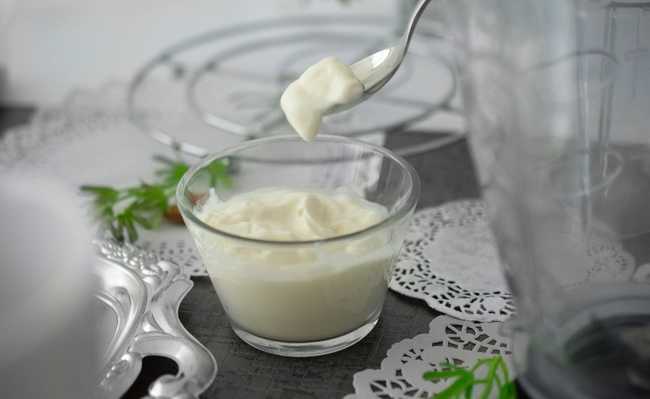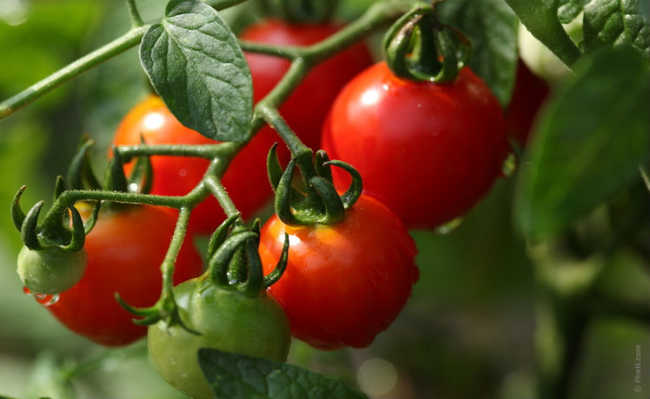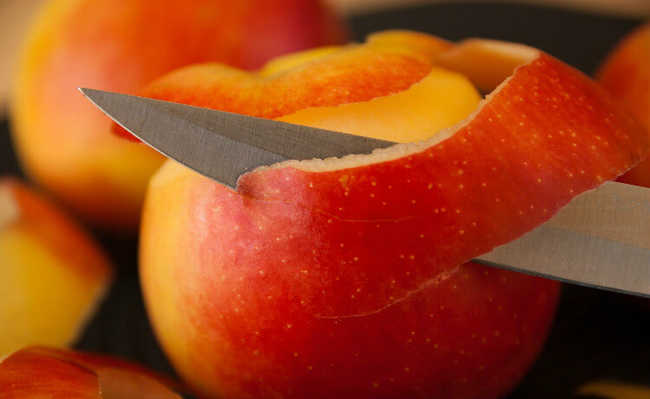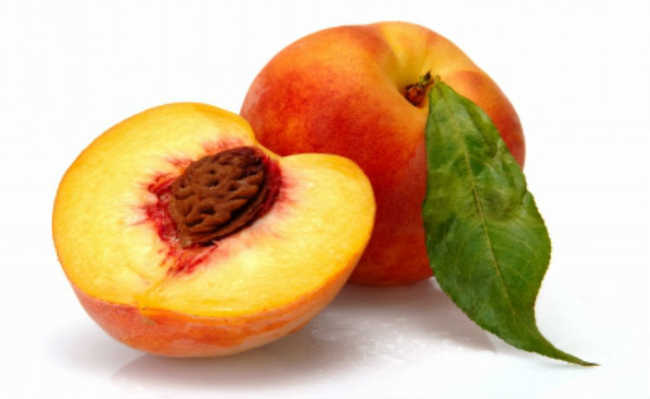Basic conditions for composter maintenance: temperature and humidity
Basic conditions for composter maintenance: temperature and humidity
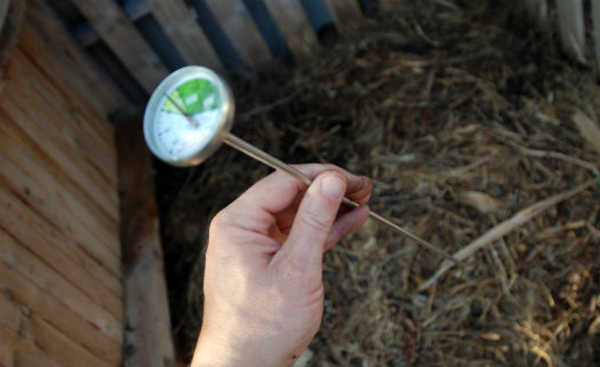
During composting, temperature and humidity are factors that, if controlled, favor the processes carried out in the composting bin, providing an adequate environment for the survival and action of the worms in the system.
Californian earthworms (ideal for home composting) prefer to inhabit warm environments, which have temperatures ranging between 13°C and 27°C.
The temperature in the compost bin is usually a few degrees cooler than the air temperature in summer. In winter, the opposite occurs and the temperature of the boxes is a little warmer.
If your composting system stays way above or below recommended (13°C - 27°C), you are sure to be in trouble.
If the temperature is too low, the worms are in a dormant state, which results in a lack of activity within the system. At temperatures below -4°C, earthworms freeze and die. In case the temperature exceeds the highest recommended range, the earthworm population increases very quickly, causing the oxygen to be consumed faster and problems with the acidity of the system arise.
Moisture
The mixture of the "bed" (sawdust and earth that line the box) of the earthworms with the residues must have humidity around 50%. But how to get to that level? Think about how much water there is in a wrung sponge (it isn't dry or soggy). To check if the humidity in the composter is at a good level, just take a handful of the content and squeeze it tightly between your fingers, if your hand is slightly damp, it means everything is fine, if a little water, draining means the content. it is too wet and needs to be adjusted.


